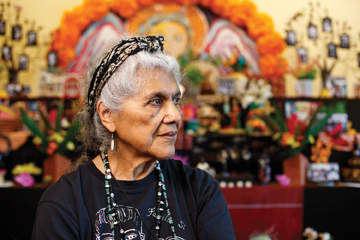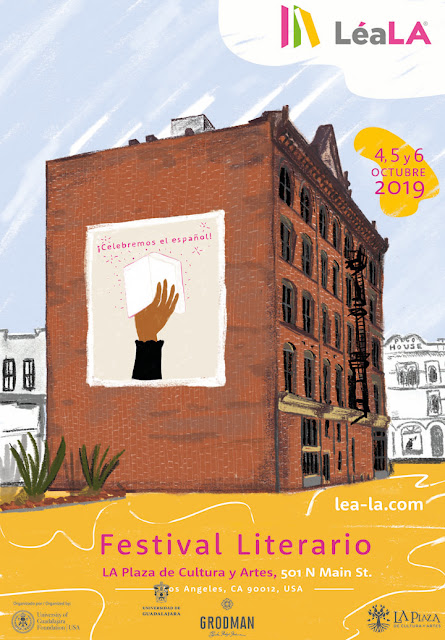Altarista Ofelia Esparza Headed to Smithsonian

Altarista Ofelia Esparza heads to Washington D.C. this year to create a Día de Los Muertos ofrenda honoring her indigenous ancestry for the Smithsonian Museum of the American Indian. Image: L.A. Museum of Natural History By Abel M. Salas Although she will blush and shudder with nervous embarrassment to hear it said, or read aloud from these pages, Doña Ofelia Esparza is clearly on her way to becoming synonymous with the ofrenda. Literally an “offering,” the ofrenda, or “altar” is a spiritually-based expression of reverence or love traditionally assembled to honor the lives of departed loved ones. Today, however, it is just as likely to represent an idea or a political message. In the course of a quiet and unassuming second-act career as a fine artist over the last 30-years, Ofelia has earned a pristine reputation as one of the nation’s preeminent altar-makers. Widely acknowledged as a leading exponent and master practitioner of a cultural tradition she was first made awar...




